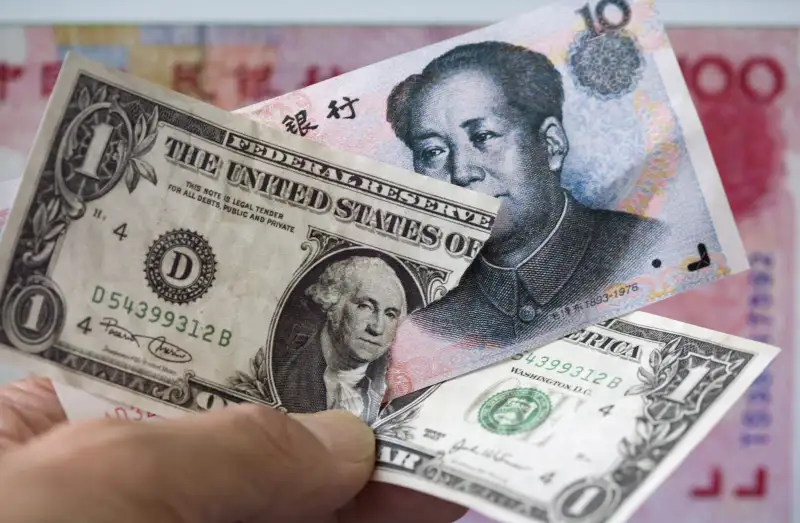China Didn't Really Pass the U.S. Economically

Update— October 9
The news is abuzz with what seems like earth shattering news: The International Monetary Fund reports that in 2014, China, not the United States, has the world's largest economy. Sound the alarms, a new world order has arrived!
Well, not quite. Or at least not yet. As some pundits have pointed out, the IMF isn't using the conventional measure of the value of goods and services the China produces, otherwise known as gross domestic product, or GDP. By that measure, the good ol' U.S.A. still makes way more dollars worth of stuff than China does -- though that lead is deteriorating.
Instead, the IMF is referring to GDP adjusted for something called purchasing power parity (PPP). This takes into account how much people in a given country can actually buy. And if you've ever visited a developing country, you know that one dollar can buy quite a lot more of certain goods and services, like bread and milk or a meal at a restaurant, than it could in the West. PPP is an attempt to take that difference into account.
As Marcos Troyjo, an adjunct professor at Columbia's School of International and Public Affairs, explains, purchasing power parity makes for a better measure than regular GDP of China's rising standard of living. And life is getting better for many Chinese: What the IMF report found, in fact, is that Chinese people as a whole can now buy more goods and services in China than Americans as a group can buy in America.
For those who see global economics as a competitive endeavor, however, it's worth noting that China is still splitting all those good and services between more four times as many people. Per capita GDP in the U.S. is still way ahead of per capita GDP in China, no matter how you calculate it.
And the U.S. still has more economic might on the global stage, at least for now, says Troyjo. The reason China ranks so high on the PPP scale is primarily because labor costs (i.e. wages) are low, which in turn keeps prices down -- a phenomenon known as the Penn effect. The ability to buy anything sold on international markets, like iPads, military equipment, or other non-domestic products, is much better captured by regular GDP. By that measure, China is about eight years from matching the U.S. at current economic growth rates.
All this might sound like good news to anyone worried about China as a rival world power. But Troyjo points out that Beijing is not being restrained by a lack of funds. "China already has the resources to play the geopolitical role it would like to," the professor told Money. The country maintains $3.7 trillion in foreign currency reserves alone, and invests almost 50% of its GDP back into the national economy. If China wanted to cause the U.S. trouble (or more trouble than it already does), money is no object.
Luckily for geopolitical stability, Troyjo predicts China will be primarily focused on ensuring its own prosperity for at least the foreseeable future. "What China has been doing is consolidating an economic base that allows for prosperity over time," says Troyjo. "It's going to take a long time for China to be the geopolitical alternative many would like."
Correction: A previous version of this article said Marcos Troyjo was an economics professor at Columbia University. He is actually an adjunct professor at Columbia's School of International and Public Affairs. His last name is also Troyjo, not Troyja.
